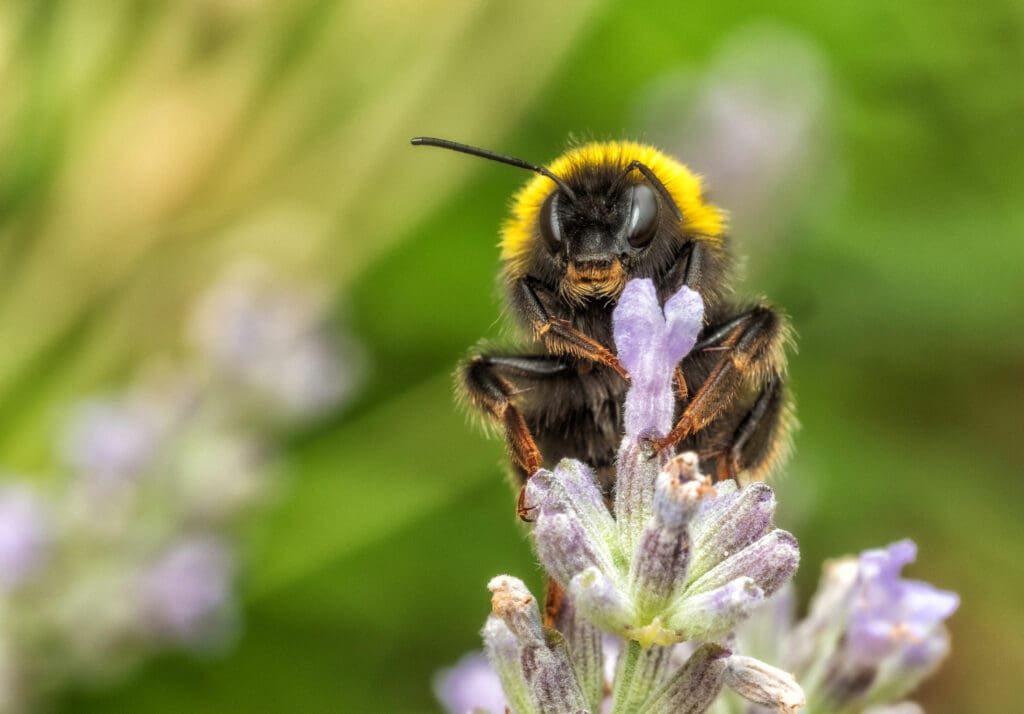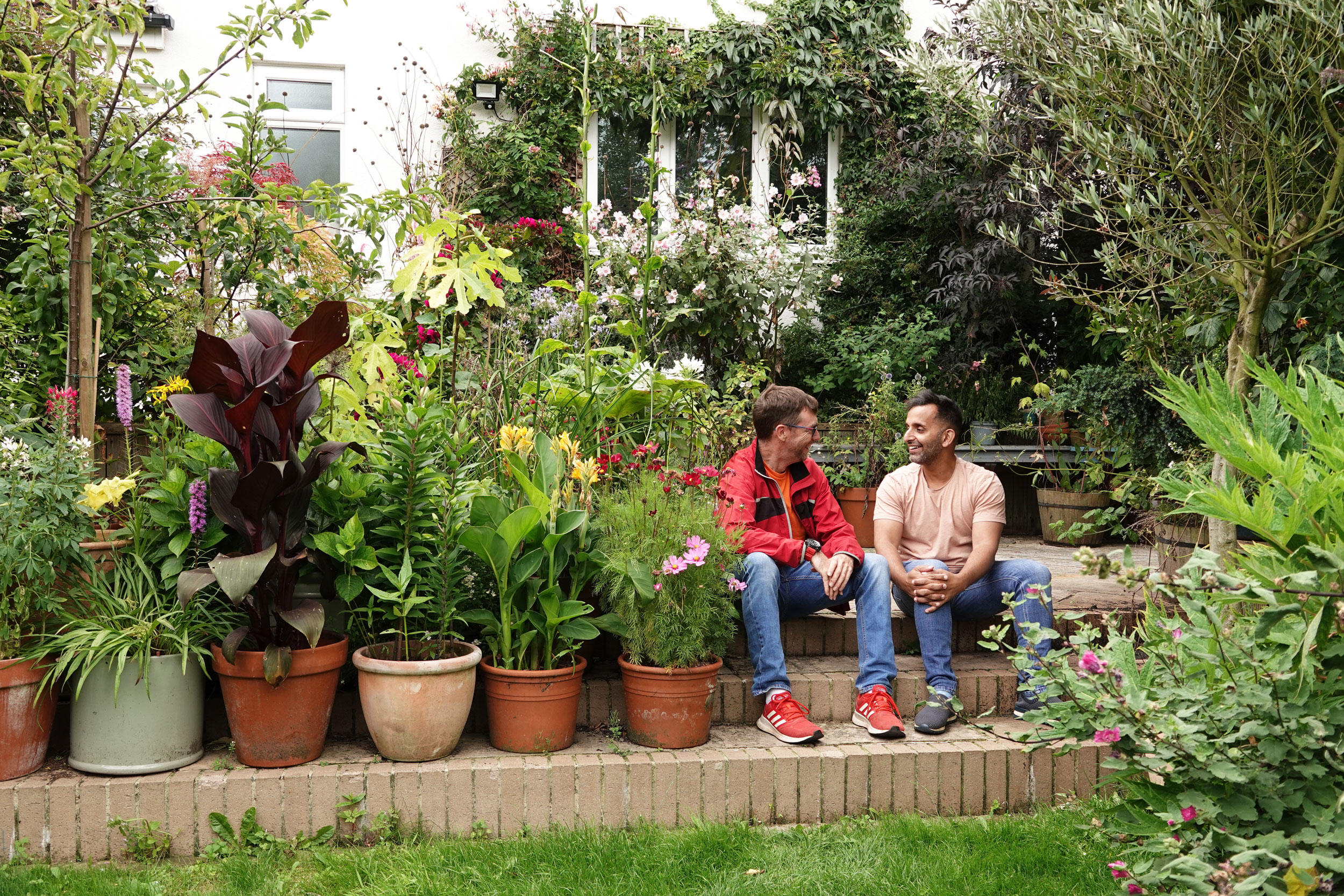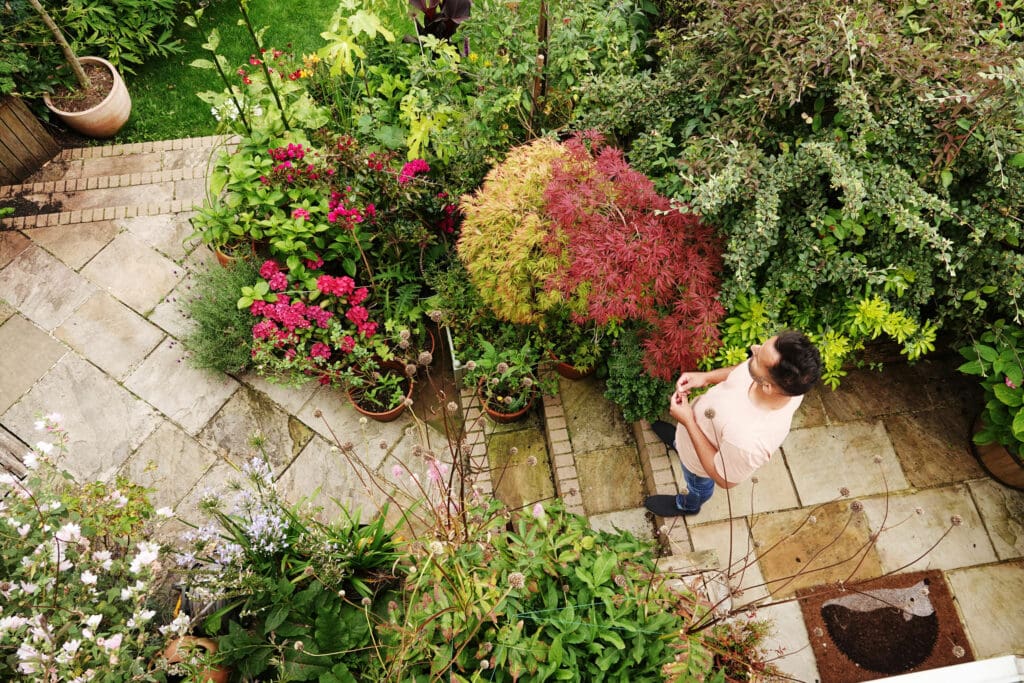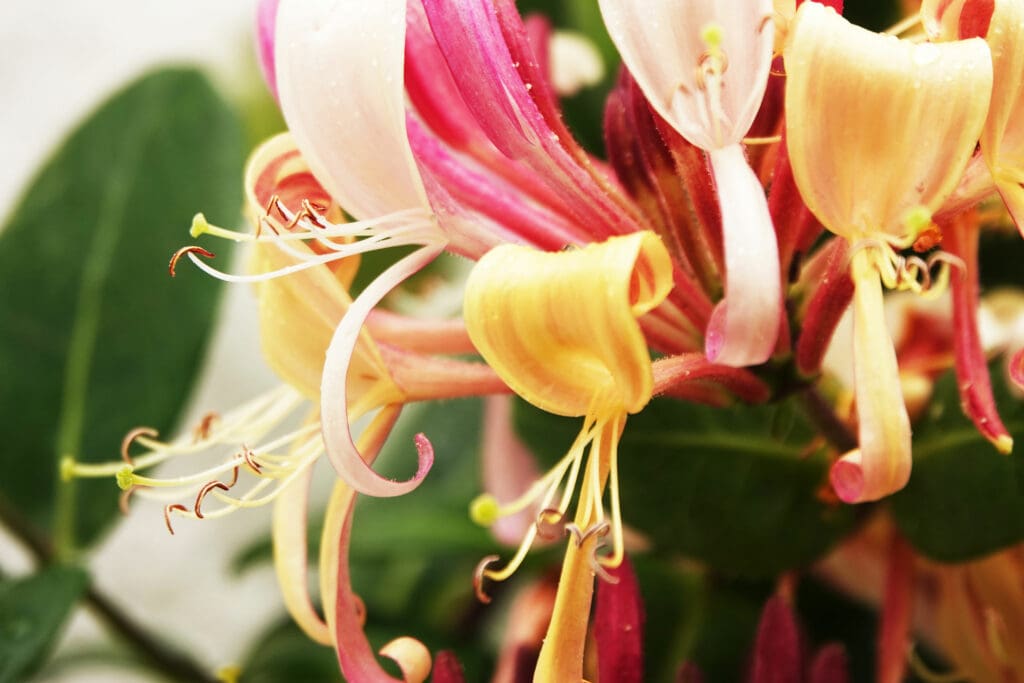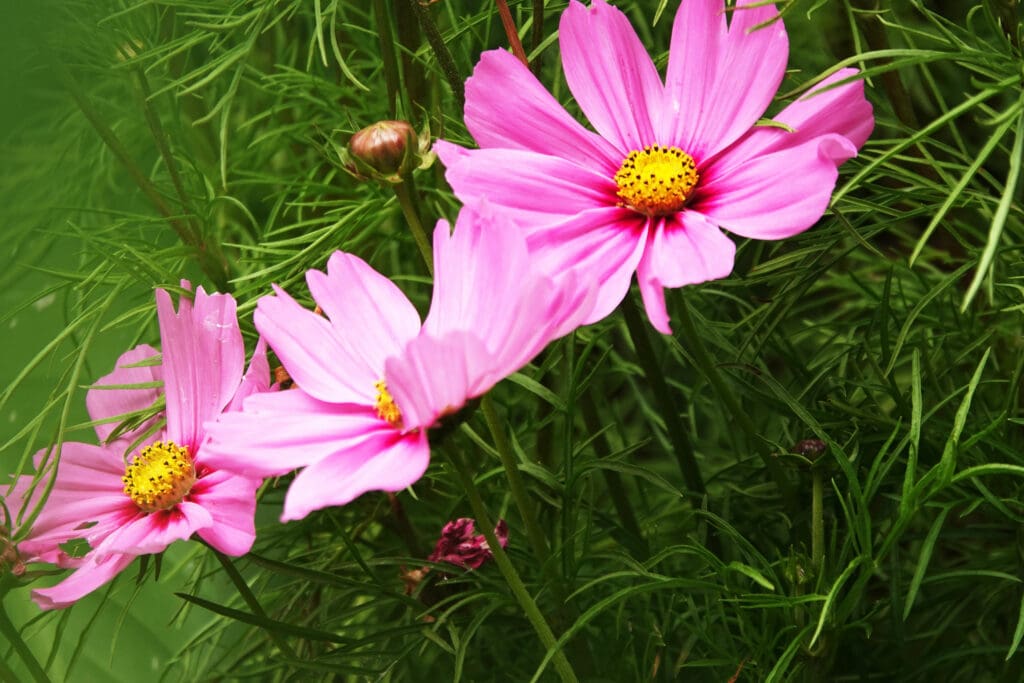I had heard that our new RSPB President, Dr Amir Khan, has a wonderful garden, so it felt only right that I find out all about it! In particular, I was keen to learn more about his passion for the benefits of gardening with wellbeing in mind.
Amir moved into a village just outside Leeds nine years ago, inheriting a small garden that at that point was, in his words, just a “sloping rubbishy lawn”. He created terraces, dug out flower borders, excavated a pond and then started adding plants.
It is now wonderfully rich with trees, shrubs and climbers, nest boxes, bird feeders… oh, and flowers, everywhere!
‘When you go out into nature, your happy brain chemicals – dopamine and serotonin – go up’
The garden is surrounded by those of neighbours, except on one side where, beyond the fence, a strip of scrub provides a barrier from a main road. This narrow wild corridor helps bring a lot of wildlife in, and when I visited in August I was struck by how many birds were in the garden, including Greenfinches, Goldfinches, Chaffinches, and even a Willow Warbler.
I was also taken by their tameness. “That’s because I’m in the garden whenever I can,” Amir says. “When the Blue Tits were raising their young, I was always out here, they got used to me. We’ve even got a couple of Bullfinches.” Sure enough, I soon heard the soft piping calls as they arrived onto the feeders.
It’s not just birds that come in numbers. Every evening, the Hedgehogs arrive – at least three, and sometimes up to six – to dine on kitten biscuits!
Amir has no background in gardening. He grew up in Bradford in a terraced back-to-back with a small yard – “Bullfinches didn’t feature in our lives then!” He learnt how to garden through trial and error, looking at books and reading every plant label.
“Everything I grow is geared towards insects and other wildlife, but the garden also has to be a social place to enjoy with family and friends and for my nieces to play hide and seek. And that’s the great thing – you can create something that is good for humans and for wildlife.”
Amir is especially passionate about the health benefits of being in nature. When he was at medical school, nothing was taught about the value of outdoor spaces. Then, as a Junior Doctor, life was very stressful and he would go for walk or a run to clear his head. “I’d feel so much better, and it made me wonder what it is about being outside that is so good for us, and why the NHS isn’t harnessing this.”
Much of Amir’s time is now spent promoting nature for health and wellbeing. And when he returns from work, whether in front of the cameras at ITV or in front of his patients at his GP practice, the first thing he does is come into the garden.
It is his place to unwind. “After all, we are part of nature,” he says. “And isn’t it just wonderful?!”
Amir’s top tips for encouraging wildlife
- Plants are the starting point for a nature-rich garden. Choose those that are nature friendly. The mullein is popular with the hoverflies, the eupatorium is wonderful for insects, and the birds love the fruit on my plum and apple trees.
- Put in a pond. Such a variety of wildlife will come to visit. I get dragonflies, frogs, toads, plus birds coming down to drink.
- Just do what you can. Every positive act has benefit, and for a little effort you can help species that are under threat, such as Hedgehogs, Starlings and House Sparrows.
How to…
Create a garden for wildlife in pots
Many of us have patios or decking that can be barren for wildlife. As Amir shows, this is where growing plants in pots is an ideal solution. So, how can you create a display as healthy as his?
- Use a peat-free compost, ideally mixed with loam.
- Make sure pots have good drainage holes.
- Many pot plants need extra food, so use an organic slow-release fertiliser or liquid feed.
- Be prepared that plants in pots do need more water than those in the ground – install a water butt to avoid using the mains supply.
- Cluster pots together to create a moist microclimate around the plants and stop the pot baking.
Great wildlife-friendly plants for pots include agapanthus, cosmos, heathers, and many herbs such as lavenders, thymes and marjoram.
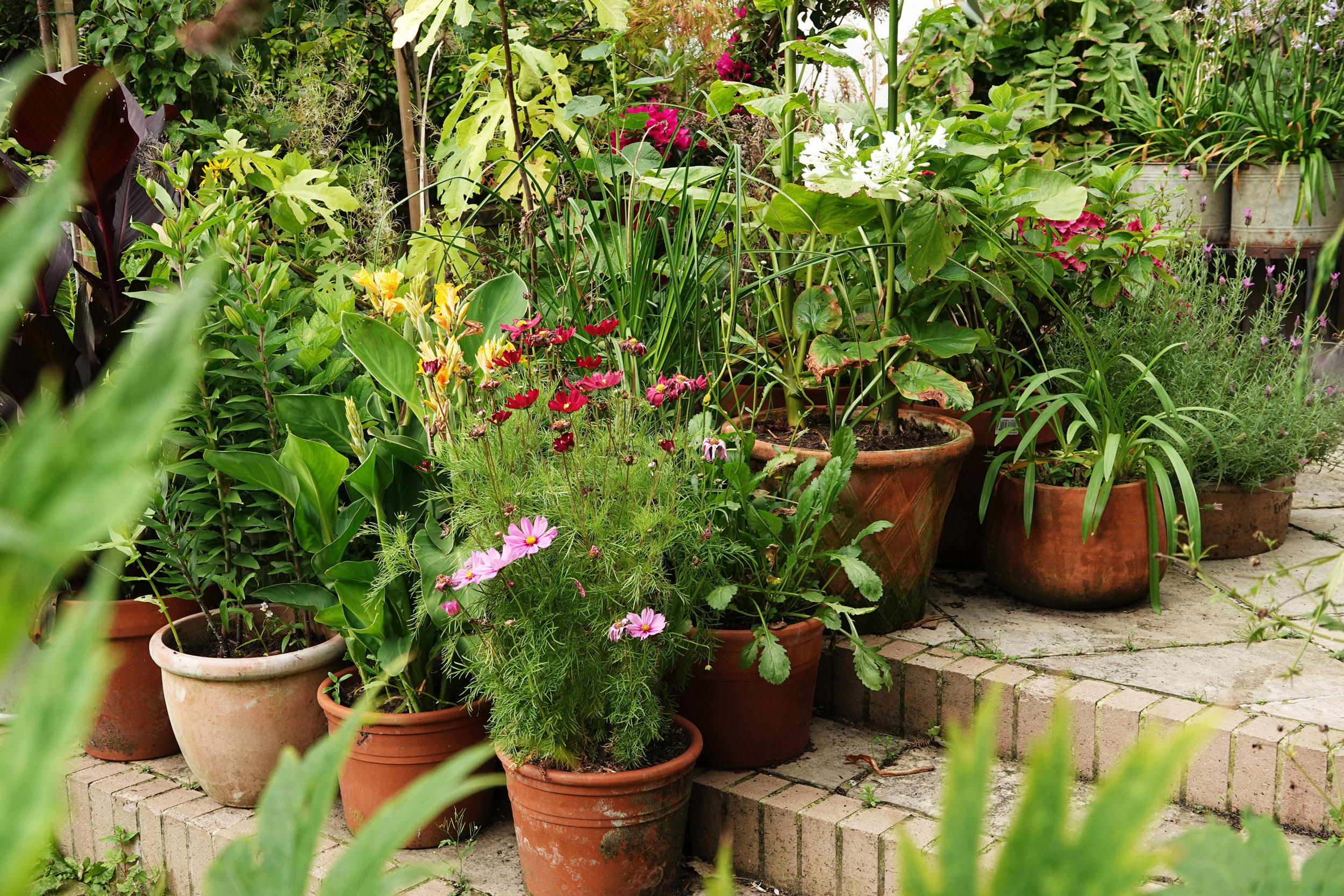
Amir’s garden for wildlife. Photo: Adrian Thomas
Why portable planters are perfect for balconies and small city gardens. Video: The RSPB
Activity
Switch on to nature
“When you go out into nature, your happy brain chemicals – dopamine and serotonin – go up,” Amir says. “Your stress hormones decrease, and your heart rate and blood pressure drop.
“You don’t need to do anything for this to happen – your body does it for you! Just two hours a week in green space is beneficial to mental health but anything is better than nothing. Don’t focus on the time; it’s about the quality.
“Stop, focus and observe. Listen to the birds. Just being outside in natural light will give you a better night’s sleep. Become more inclined to do it. And when we do that, we are more inclined to protect those spaces as well.”
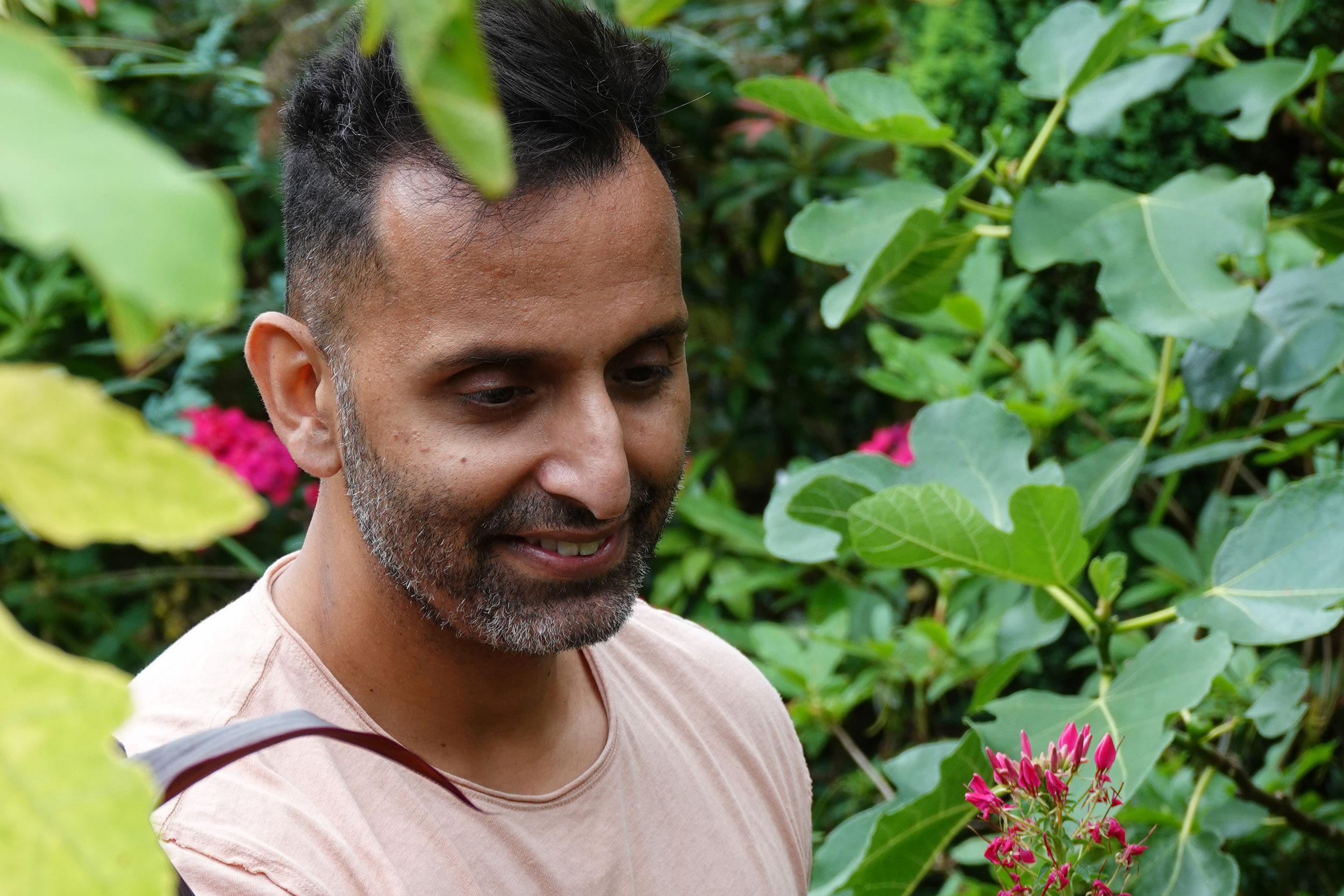
Amir tending his plants. Photo: Adrian Thomas
RSPB President Dr Amir Khan explains how getting outdoors – even on a chilly winter’s day – can lift our mood. Video: The RSPB
What to grow now
Lavatera x clementii
- Also known as Malva x clementii
- Common name: Tree Mallow
- Origin: A hybrid of two Mediterranean/European species, Malva olbia and Malva thuringiaca, and closely related to native species of mallow.
- It is a semi-evergreen shrub, growing to about 2–3m tall and about 2m wide.
- There are several different garden varieties in shades of white, pink and burgundy. Popular varieties include Barnsley Baby, Mont Blanc, Blushing Bride and Rosea.
- The single open flowers are borne freely all summer long in a stunning display and are enjoyed by a range of bee species and other pollinators. It is Amir’s favourite plant for pollinators.
- Typically sterile, it won’t set seed everywhere and become invasive.
- Likes a sunny position and a free-draining soil. Keep sheltered from cold winds. Can struggle if temperatures reach below -5°C.
- Prune hard in early spring to about 60cm to keep tidy; it will grow back and flower vigorously by summer.
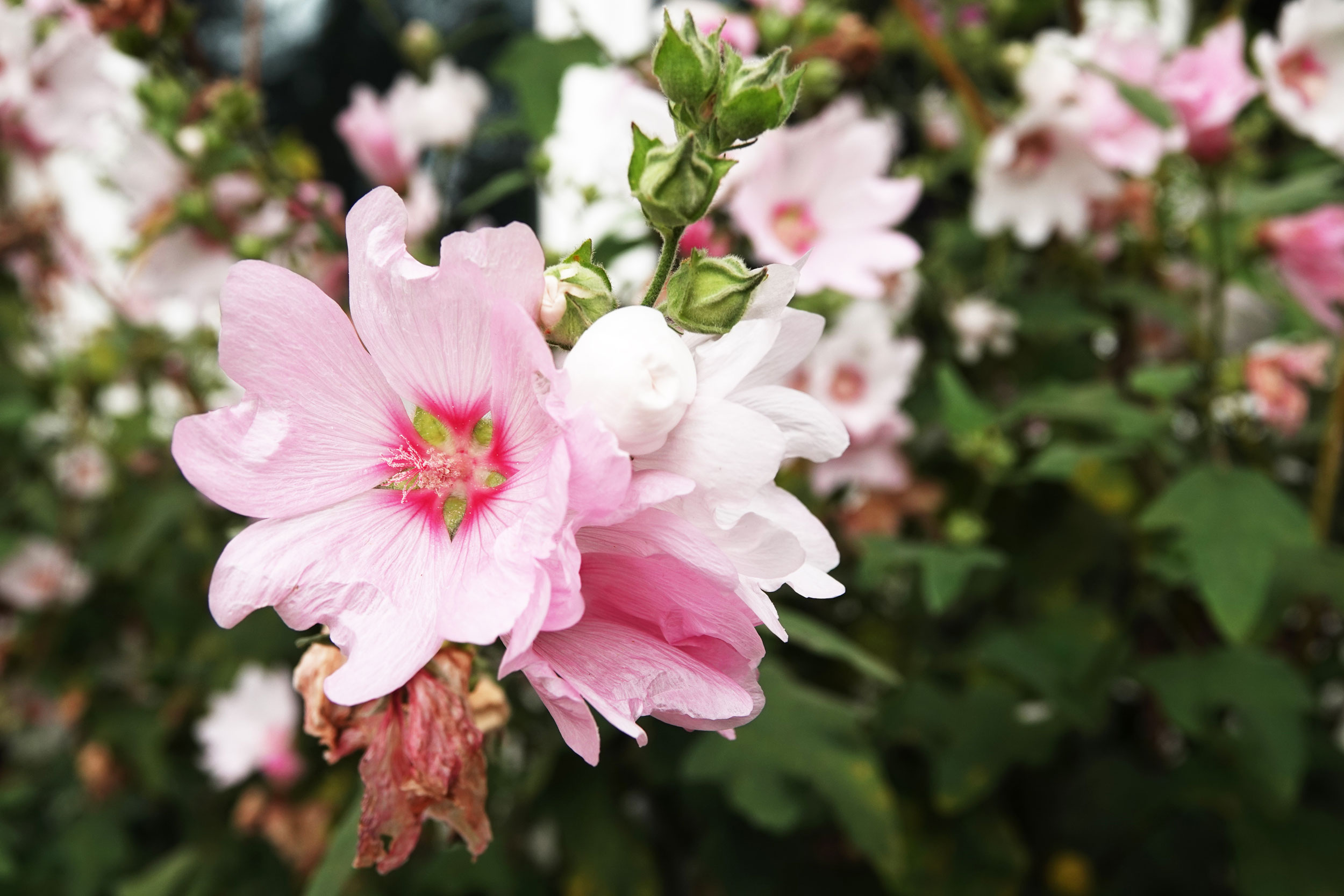
Lavatera x clementii. Photo: Adrian Thomas

Nature on Your Doorstep
Many people probably don’t realise they have Slow-worms in the garden. On the RSPB’s Nature on Your Doorstep webpages, you will find advice for how to make your space brilliant for all sorts of wildlife, including making ‘sunbeds’ and hibernacula for Slow-worms. And, of course, get yourself a copy of Adrian’s award-winning book, RSPB Gardening for Wildlife, from the RSPB shop.
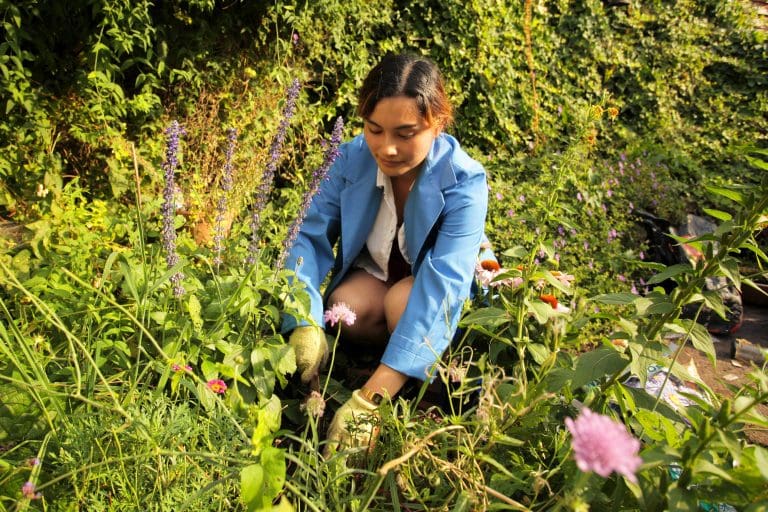
Woman gardening. Photo: Rob Carmier (rspb-images.com)
You might also like
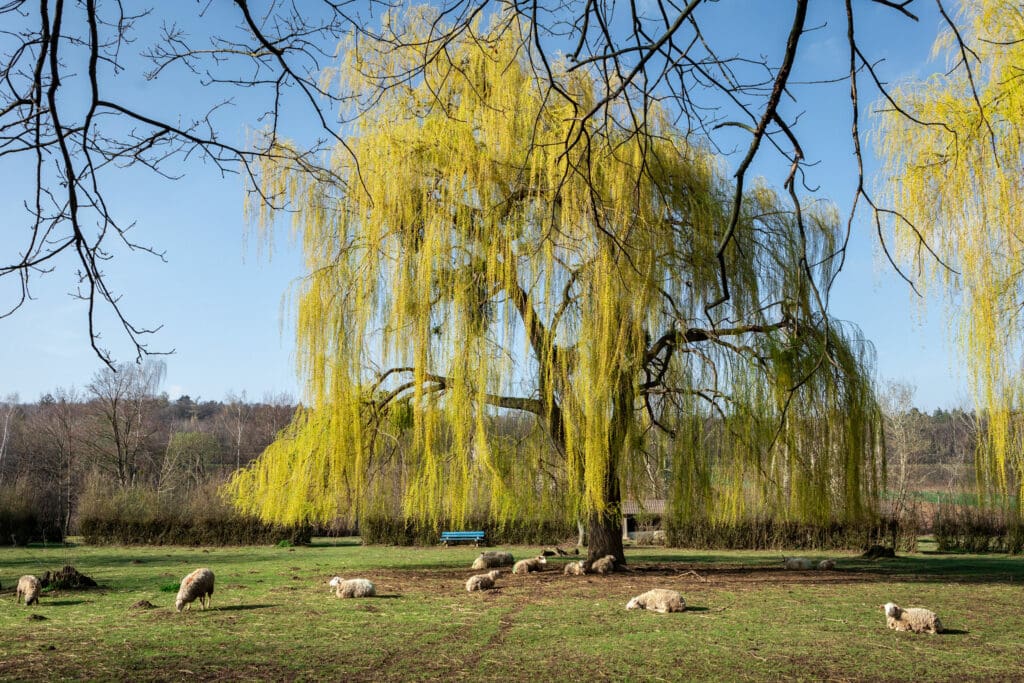
Plants under stress
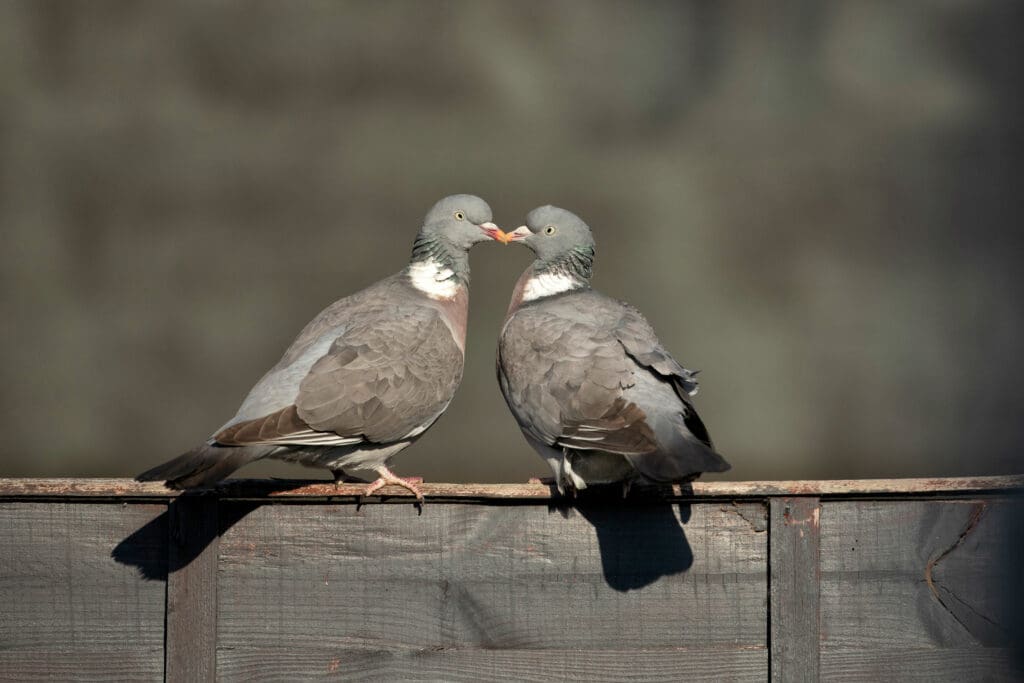
How to photograph garden birds
